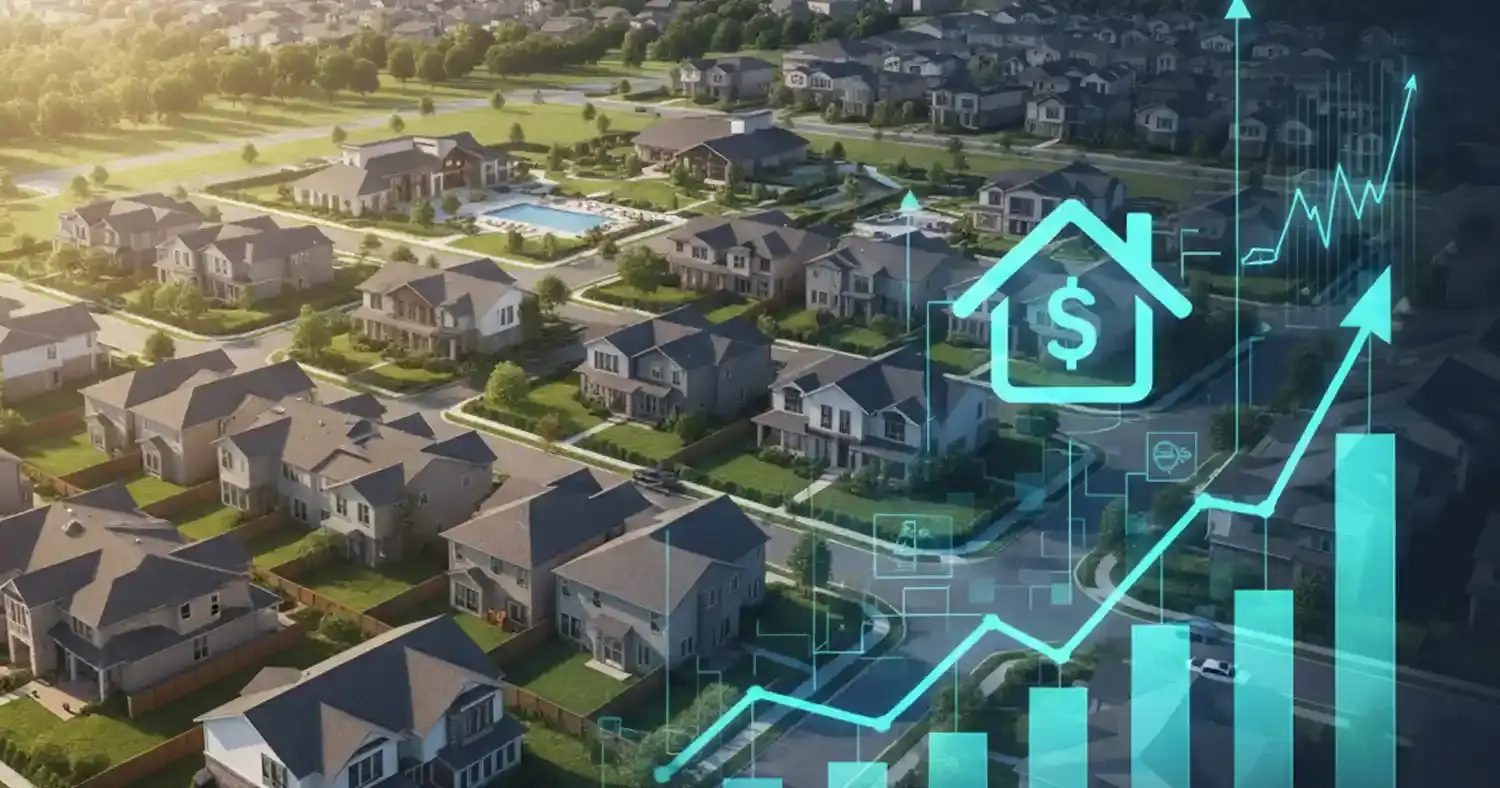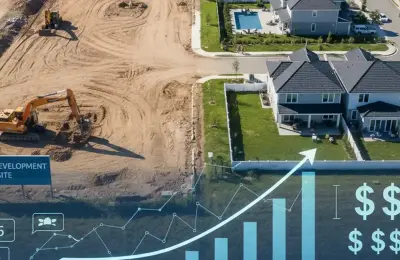
Build-to-Rent: Transforming America's Housing Landscape

Build-to-Rent (BTR) is rapidly reshaping the U.S. real estate market. This model involves the construction of new residential properties (primarily single-family homes, townhouses, or horizontal apartment complexes) that are specifically designed for long-term rental from the outset, rather than for sale.
BTR has become a powerful investment class, offering an attractive alternative to traditional homeownership and filling a growing gap between the high cost of buying a house and the need for quality, spacious housing.
📈 Why Has Build-to-Rent Grown So Rapidly?
The surge in BTR's popularity is driven by a combination of economic, demographic, and social factors:
Affordability Crisis: The sharp increase in property prices and high mortgage interest rates have made purchasing a traditional home unaffordable for a significant portion of the population, especially Millennials and young families.
Demographic Shifts: Millennials and Gen Z value the flexibility that renting offers. Many are postponing homeownership but require more space than a traditional apartment can provide.
Preference for Space and Quality: BTR communities offer all the advantages of a new, modern home (private yard, garage, new utilities) without the burdens associated with ownership (maintenance, property taxes).
Institutional Capital: Large institutional investors (pension funds, private equity firms) view BTR as a stable asset class that generates consistent income and provides inflation protection.
🏘️ Key Characteristics of BTR Communities
Properties built under the BTR model share certain characteristics that differentiate them from traditional apartment rentals:
| Characteristic | Description |
|---|---|
| Single-Family Residential (SFR) | Most BTR properties are detached houses, townhouses, or duplexes. |
| Centralized Management | All homes in the community are owned and managed by a single entity, ensuring consistency in quality and services. |
| Community Amenities | They offer the same premium amenities as traditional multifamily complexes: pools, fitness centers, clubhouses, and professional landscape maintenance. |
| Location | Often situated in suburban areas close to major employment hubs and quality schools, where demand for family housing is highest. |
🇺🇸 Impact on the American Housing Landscape
Build-to-Rent is not just creating new homes; it is changing the structure of the market itself:
Professionalization of Renting: The shift of a significant portion of rental housing under the management of large corporations leads to standardization of quality, services, and more efficient maintenance, benefiting tenants.
Bridging the Gap: BTR helps mitigate the affordability crisis by offering a "middle ground" between expensive homeownership and compact apartment living. This allows families to live in houses with yards while maintaining financial flexibility.
Economic Stimulation: The construction of new BTR communities stimulates the local economy by creating jobs in construction and property management sectors.
Changing Urban Planning: Since BTR communities require substantial tracts of land, they influence suburban planning, encouraging the development of new transportation and social infrastructure.
⚠️ Challenges and Criticism
Despite its benefits, BTR faces criticism:
Competition with Buyers: Institutional investors funding BTR may compete with traditional home buyers (families) for land, potentially driving up lot prices.
Local Opposition: Some local communities express concern that a large presence of rental housing might diminish the sense of stability and ownership within a neighborhood.
🔮 The Future of Build-to-Rent
The BTR model is firmly established in the market and is poised for continued growth. Analysts predict that the share of BTR in new U.S. residential construction will only increase, with interest shifting from just single-family homes to hybrid projects, including:
Horizontal Apartments: Single-story units with private entrances and small yards, often resembling detached homes.
Niche Specialization: Development of BTR communities focused on specific groups, such as active retirees or remote working professionals.
Build-to-Rent is a key driving force in shaping the modern U.S. housing market, offering a sustainable solution to the growing demand for quality and accessible housing.
News insight
 Nov 18, 2025
Nov 18, 2025
Property Developer Earnings in the US Market: A Comprehensive Overview
Explore how US property developers earn money. Learn about profit margins (Residential vs. Commercia...
 Nov 18, 2025
Nov 18, 2025
What Is a Build-to-Rent (BTR) Development?
Discover what a Build-to-Rent (BTR) development is. Learn about this growing real estate model, its...
 Nov 17, 2025
Nov 17, 2025
The Best Real Estate CRM Systems for Agents & Developers
Stop drowning in spreadsheets. Our ultimate guide compares the Top Global and Local CRM Solutions sp...
